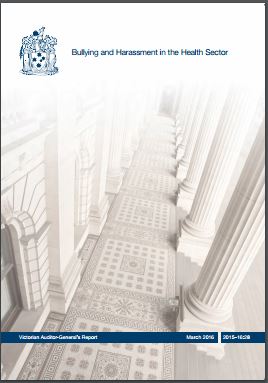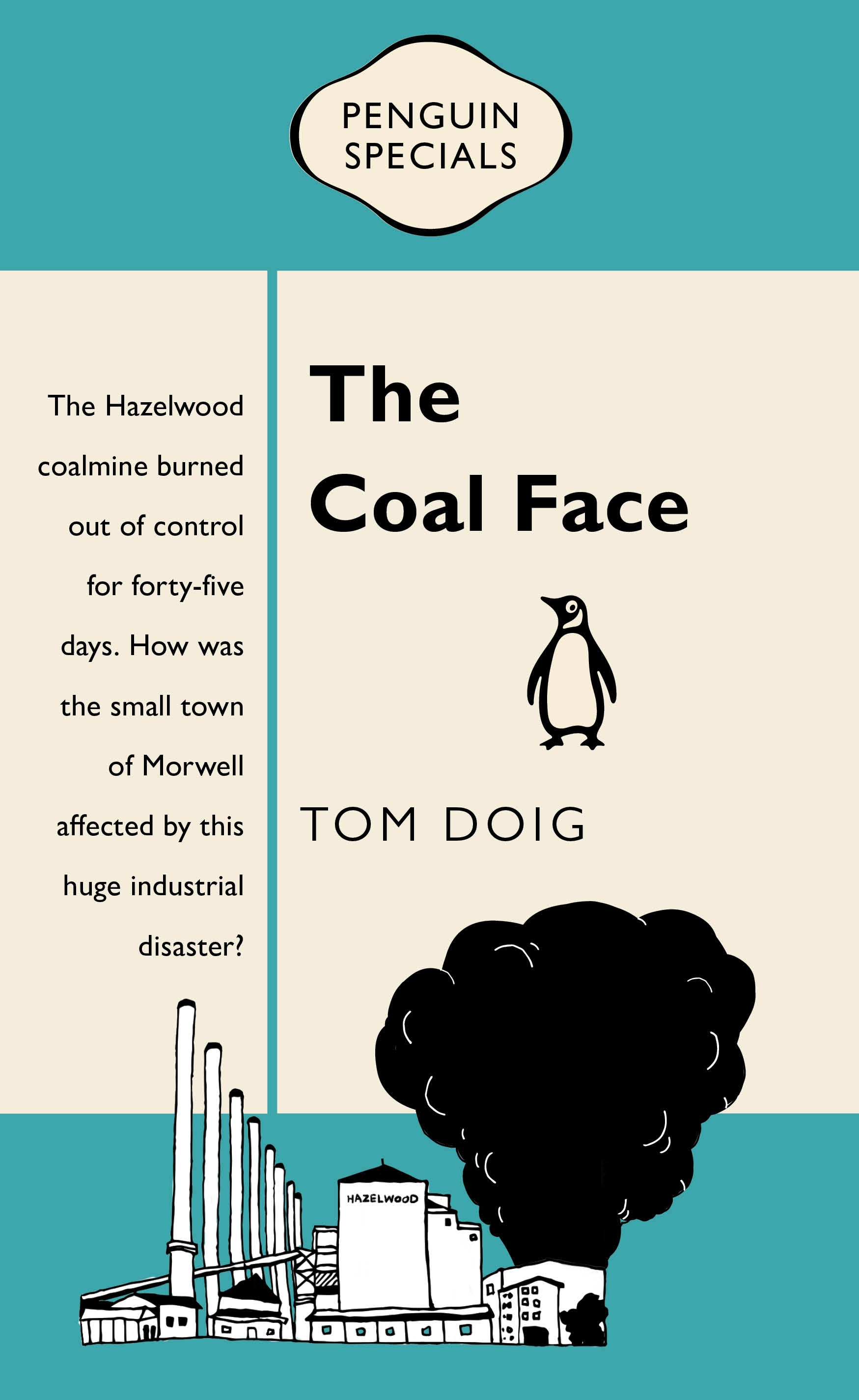 Australia’s Royal Commission into Home Insulation program (HIP) seemed to have had little long-term impact beyond the closing of the environmental subsidy scheme and political attacks. However, controversial environment reporter, Graham Lloyd, in an article in The Australian on 11 July 2017 (only available through paywall), has identified a HIP legacy as causing restrictions on the installation of residential batter storage. Continue reading “Risk assessment early in development of residential storage battery standard”
Australia’s Royal Commission into Home Insulation program (HIP) seemed to have had little long-term impact beyond the closing of the environmental subsidy scheme and political attacks. However, controversial environment reporter, Graham Lloyd, in an article in The Australian on 11 July 2017 (only available through paywall), has identified a HIP legacy as causing restrictions on the installation of residential batter storage. Continue reading “Risk assessment early in development of residential storage battery standard”
Category: fire
Grenfell Tower and other incidents illustrate major deficiencies in OHS perceptions
 A recent investigative report into workplace safety at Los Alamos laboratory in the United States included this statement:
A recent investigative report into workplace safety at Los Alamos laboratory in the United States included this statement:
“The Center’s probe revealed worker safety risks, previously unpublicized accidents, and dangerously lax management practices at other nuclear weapons-related facilities. The investigation further found that penalties for these practices were relatively light, and that many of the firms that run these facilities were awarded tens of millions of dollars in profits in the same years that major safety lapses occurred. Some were awarded new contracts despite repeated, avoidable accidents, including some that exposed workers to radiation.”
The whole article deserves reading but this paragraph in particular illustrates that deficiencies in procurement apply to large organisations in high risk sectors just as much as it can in the small to medium-sized business sector. A major reason is that detailed and diligent procurement has been seen as red tape and it seems to have taken disasters like Grenfell Tower to illustrate the moral deficiencies and short-term economic fantasies of
Firefighters’ mental health
More details are appearing of the findings of an independent inquiry into mental health and suicides in the Melbourne Metropolitan Fire Brigade (MFB), a report whose release has been stalled by the United Firefighters’ Union (UFU).
 According to the inquiry’s chair, in an article in the ABC news website, Dr Peter Cotton,
According to the inquiry’s chair, in an article in the ABC news website, Dr Peter Cotton,
“…the MFB has a mono-culture with few women or members from diverse backgrounds, making it difficult to assess the level of bullying and harassment.”
“… the MFB does not screen for alcohol or drug use, and has a lack of policies and procedures to address drug and alcohol issues.”
“Management’s handling of complaints were found to be ad hoc and inconsistent with a “lack of will to follow up” and “give them a wide berth” thought pattern.”
“the mental health of firefighters was comparable with Victoria Police and Ambulance Victoria,…”
The latter point is useful to remember as a similar report into the Victoria Police was released earlier this year. The most recent inquiry into Ambulance Victoria was undertaken by the Victorian Auditor-General in 2016. Continue reading “Firefighters’ mental health”
OHS and public health at The Coal Face
 The Hazelwood mine fire has faded from the memory of most Victorians following the Parliamentary inquiry but not so for those who continue to live in the Latrobe Valley and with the health consequences of the fire. Tom Doig has written a short book on the incident and its consequences that will put pressure on the Andrews (Labor) Government to honour its election promise and reopen the inquiry.
The Hazelwood mine fire has faded from the memory of most Victorians following the Parliamentary inquiry but not so for those who continue to live in the Latrobe Valley and with the health consequences of the fire. Tom Doig has written a short book on the incident and its consequences that will put pressure on the Andrews (Labor) Government to honour its election promise and reopen the inquiry.
Doig’s book, The Coal Face, summarises many of the issues raised by the inquiry by looking at a selection of personal stories from residents, neighbours and firefighters. It is a short book of just over 100 pages but it is an important reminder that the consequences of the mine fire are still being felt. Continue reading “OHS and public health at The Coal Face”
Workplaces are under-prepared for first aid incidents
The Australian Medical Association (AMA) has reported that
“Less than 10% of people are aware they need to cool burn wounds for 20 minutes in cool water as a first aid measure.”
 Research* published in the AMA’s Medical Journal of Australia, in October 2011, found that
Research* published in the AMA’s Medical Journal of Australia, in October 2011, found that
“Unprompted, 82% of (7320) respondents said they knew to cool the burn with cool or cold water but 41.5% said they didn’t know for how long cold running water should be applied.”
SafetyAtWorkBlog has followed the issue of first aid treatment for burns and the evidence for burn creams.
The application of the recommended treatment for burns continues to be a contentious issue in practice in Australian workplaces. Part of the reason could be that first aid treatment in many workplaces is seen as little more than a “bandaid treatment” because this is the first aid treatment most seen and most received. But this perception does not site well with the evidence for burn treatments.
The first aid (band aid) treatments in most workplace is quick and usually does not interrupt work. To properly treat a burn, a worker must stop work for twenty minutes. Most workplaces where burns are likely to occur, for instance, construction sites, manufacturing, food preparation, are unlikely to welcome a stoppage of one worker for twenty minutes. Can one imagine a burger flipper at a fast food restaurant standing with a hand under a running tap for twenty minutes? It would be unlikely that this absence could be covered. Continue reading “Workplaces are under-prepared for first aid incidents”
Another Australia emergency organisation faces bullying claims
Emergency service organisations, like the military, are susceptible to accusations of bullying due to the hierarchical command structure on which they are based.
For decades this type of structure has been seen as a requirement for efficient emergency response or other activities under tight timelines and high expectations. It would not take much to perceive one’s supervisor saying “move it, move it, move it” or similar, over time as a repeated insult and, being repeated, an instance of bullying.
The Australian Broadcasting Corporation (ABC) is reporting on claims by the former president of the Metropolitan Fire Brigade Board (MFB), Adrian Nye, who was stood down in April 2010. The ABC says Nye has accused the MFB of having a culture of bullying.
CEO Graeme Fountain has called in KPMG to investigate Nye’s claims.
There is sufficient evidence to suggest that the hierarchical command structure is no longer compatible with contemporary expectations of respect, health, safety or wellbeing. Continue reading “Another Australia emergency organisation faces bullying claims”
Update on New Zealand cool store explosion
On 15 December 2009, a New Zealand Court penalised two companies and a director with fines totalling over $NZ390,000 over an explosion in a coolstore that result in the death of one firefighter and injuries to others. In the comments section of a previous blog article the following questions were put to the New Zealand Department of Labour (DoL). Their responses are included below Continue reading “Update on New Zealand cool store explosion”
